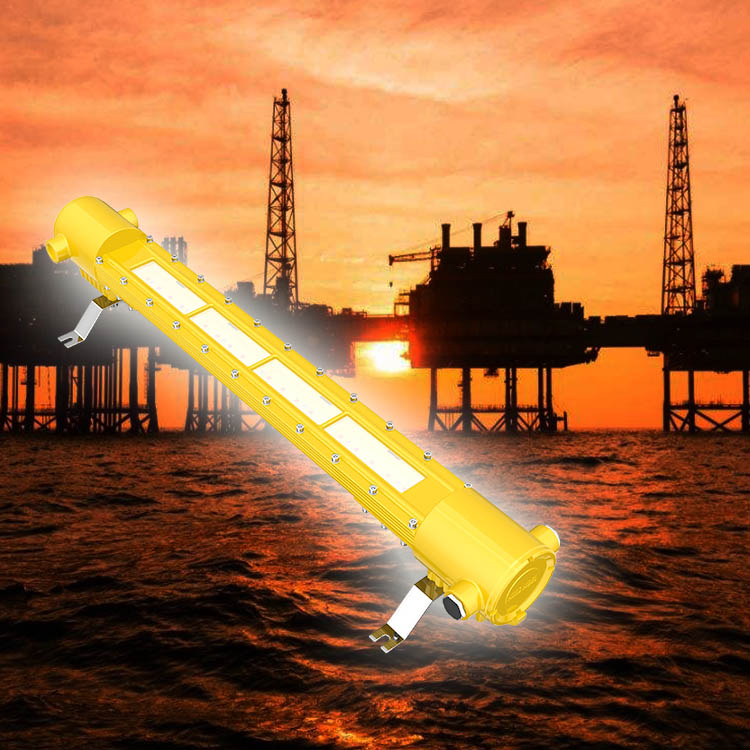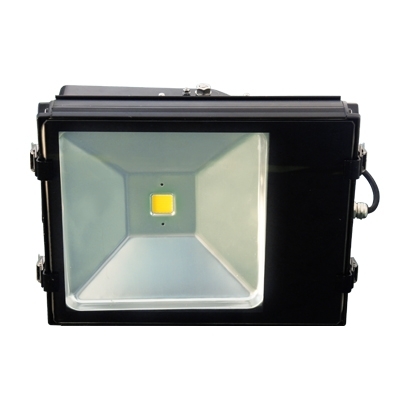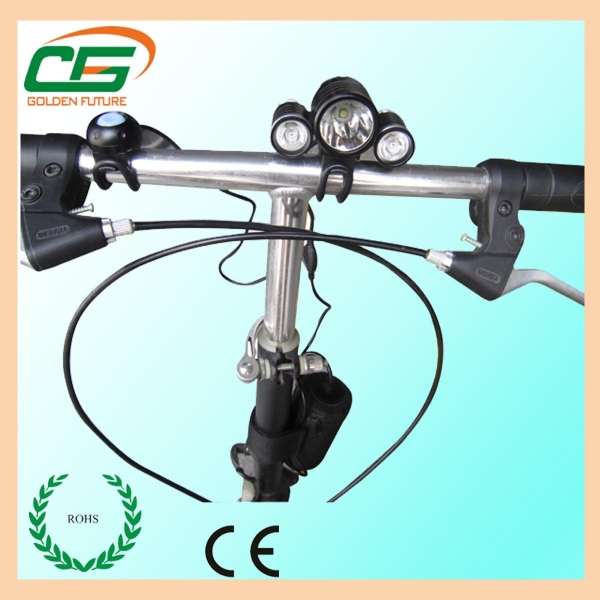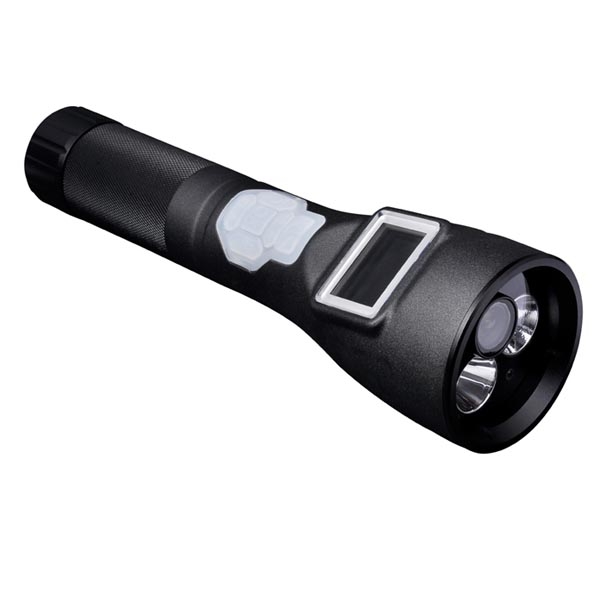ATEX - Type of Protection
 Aug 30,2021
Aug 30,2021

 JLKJ
JLKJ
Protection principles are defined to prevent equipment and components becoming ignition sources. Therefore, there are various type of protection for equipments.
1.Explosive mixtures can enter the equipment in which an ignition source may be located and be ignited. The transmission of internal ignition to the surrounding atmosphere shall be excluded.
Example:
Flameproof enclosures (Ex d) – For use in Zone 1, 2; IEC/EN 60079-1;
Powder (quartz) filling (Ex q) - For use in Zone 1, 2; IEC/EN 60079-5;
2.The operating equipment has an enclosure which prevents the penetration of the explosive mixture and/or contact with the internal function-related potential sources of ignition.
Example:
Pressurized enclosures (Ex p) –For use in Zone 1, 2; IEC/EN 60079-2;
Protection by enclosures (Ex t) –For use in Zone 20,21,22; IEC/EN 60079-31;
Liquid immersion (Ex o) - For use in Zone 1, 2; IEC/EN 60079-6;
Encapsulation (Ex m) - For use in Zone 0, 1, 2, 20, 21, 22; IEC/EN 60079-18;
3.Explosive mixtures can penetrate the enclosure of the operating equipment but is not allowed to be ignited. Any spark is prohibited and temperatures capable of causing ignitions shall be prevented.
Example:
Increased Safe equipment (Ex e) - For use in Zone 1, 2; IEC/EN 60079-7;
Non-sparking equipment (Ex nA) - For use in Zone 2; IEC/EN 60079-15;
4.Explosive mixtures can penetrate the enclosure of the operating equipment but can’t be ignited. The occurrence of spark energy and increased temperatures shall be limited.
Example:
Intrinsically safe (Ex i) - For use in Zone 0, 1, 2, 20, 21, 22; IEC/EN 60079-11;
Golden Future supplies flame proof led linear explosion proof lights for zone 1 and zone 2 hazardous areas. And intrinsic safe flashlight and miner lamps are to be use in hazardous Zone 0.
 You May Also Like
You May Also Like

 Tel
Tel
+86 15816897019 +86 133 16809242
 Email
Email
[email protected] [email protected]
 Address
Address
Rm17E, ZhuJiang International Center, Long Gang District, Shenzhen City, China








 HOME
HOME
 World’s 10 biggest copper mining companies
World’s 10 biggest copper mining companies 

























